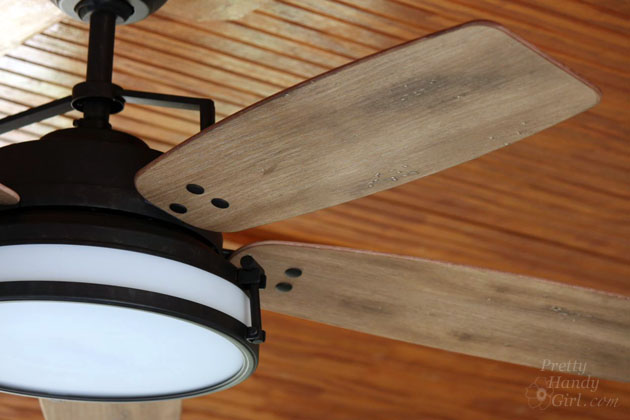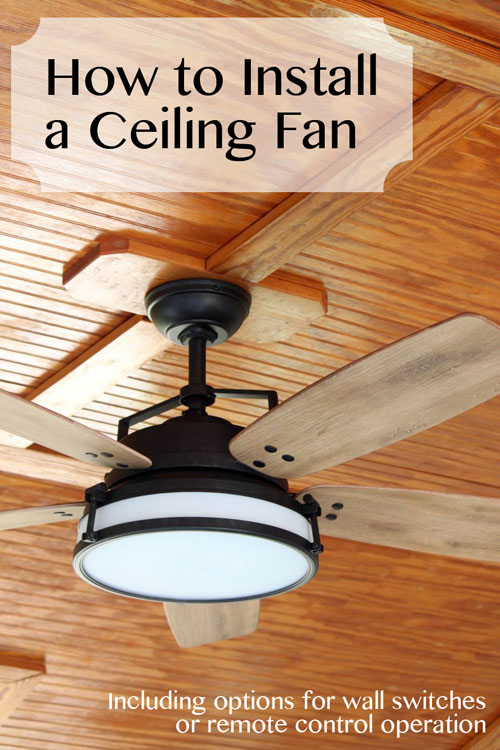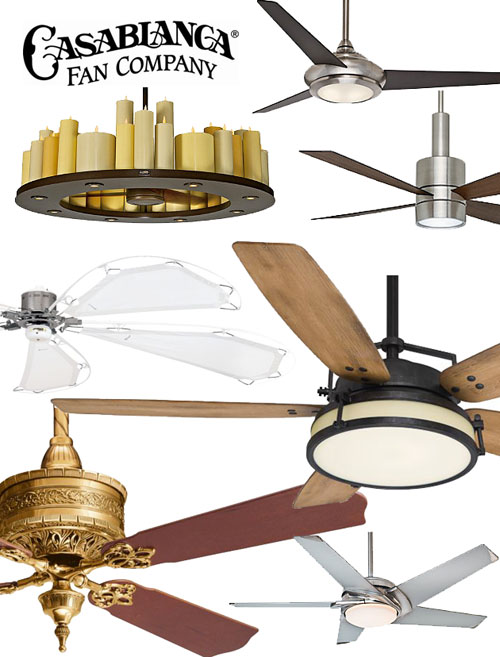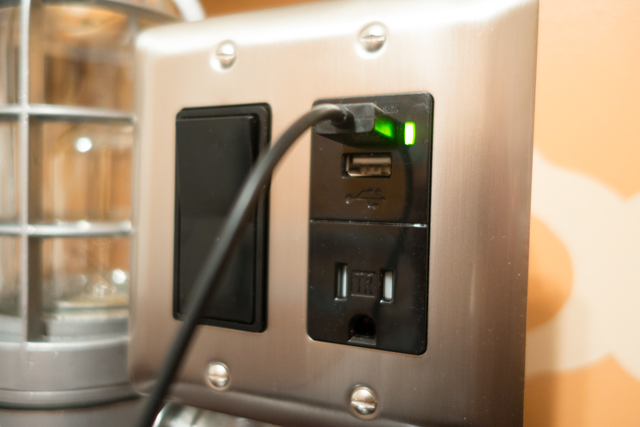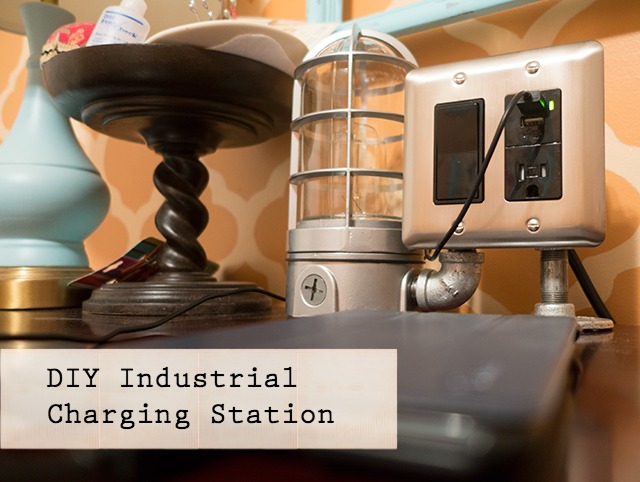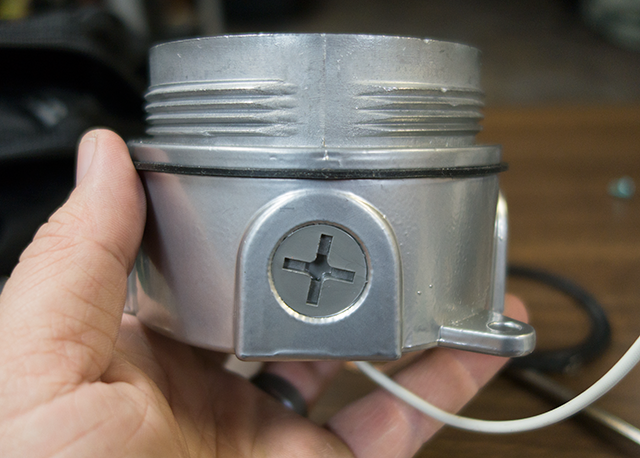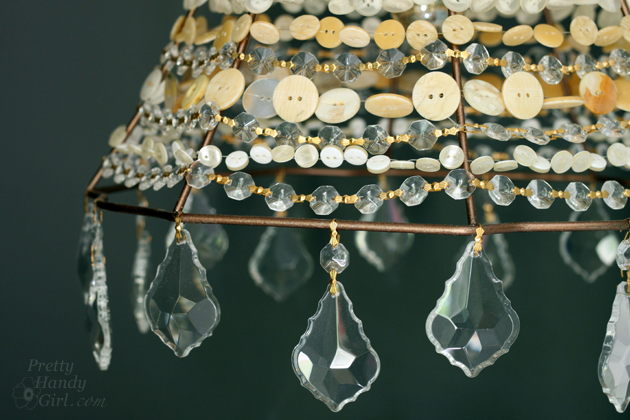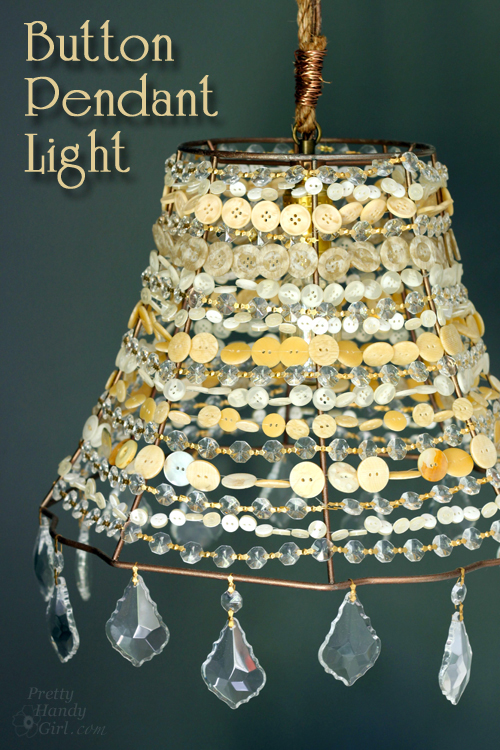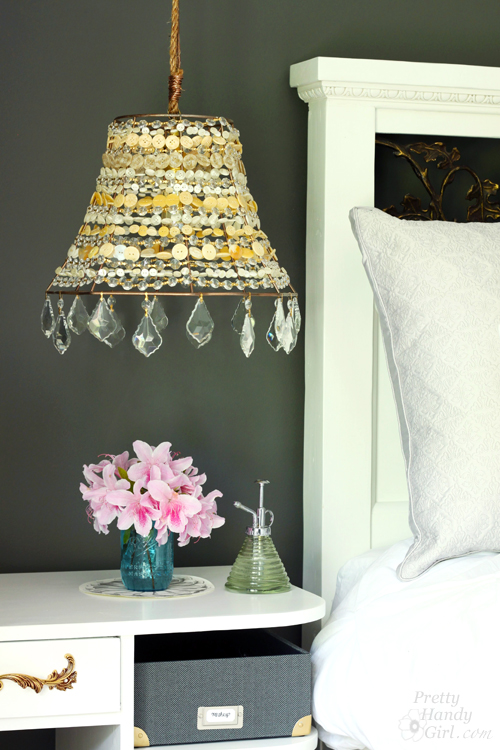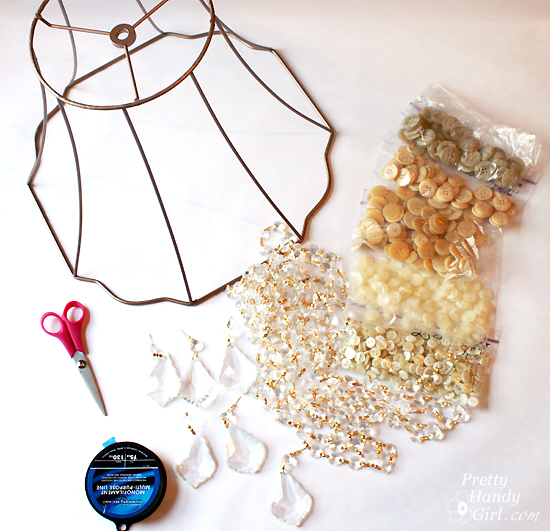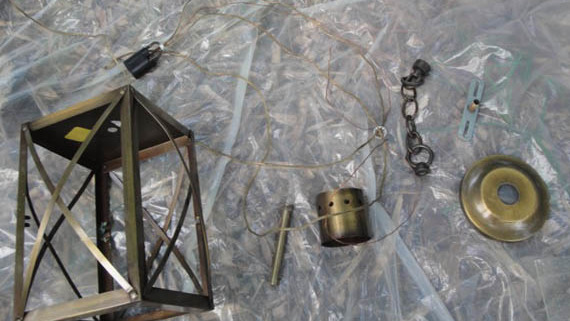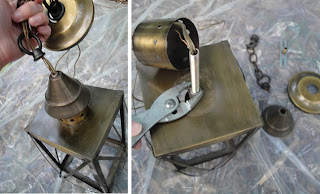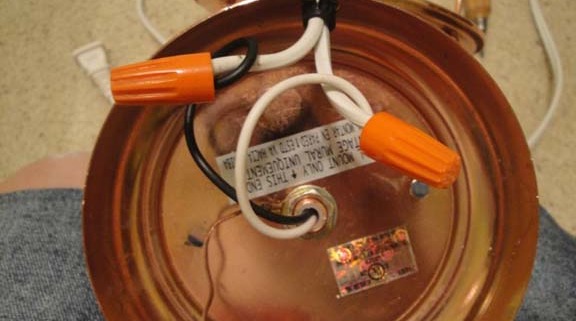I’ve installed probably a dozen ceiling fans in my life. Pretty Handsome Guy was remarking to me last night, “Wait, you mean you’ve never written a tutorial on how to install a ceiling fan on the blog?” It’s true, most of the installs were pre-blogging days. For this reason, I was truly excited when Casablanca contacted me and asked if I wanted one of their new ceiling fans. I knew it was a great opportunity to put together a tutorial for you so you could see that installing a ceiling fan is not a difficult DIY project! Plus, we had Casablanca fans in our previous house and they are well made and will last a long time. Therefore, I have no hesitation recommending Casablanca to you!
Okay, and I also wanted to change your mind about ceiling fans and design aesthetics. I know that some designers break out in hives when a client wants a ceiling fan. And who can blame them when the stereotypical ceiling fan looks like this:
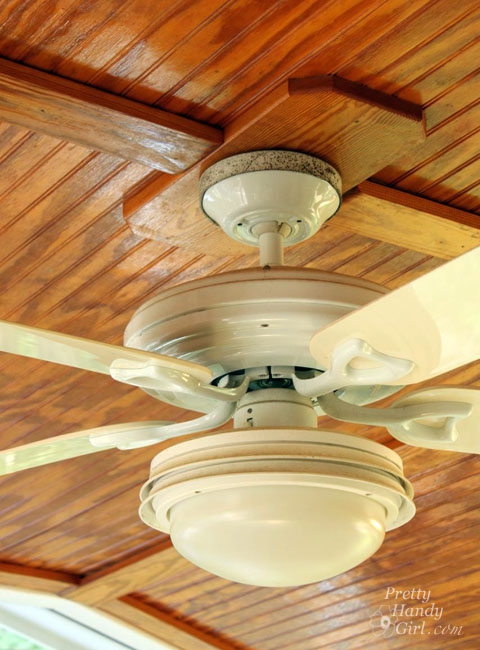
Oh yes, she’s a beauty. And she’s all mine, complete with moldy canopy and boobilicious globe. In all seriousness, that fan was U-G-L-Y. Plus, it was a bit too small for our porch. (You can figure out what size ceiling fan you need for your space in the FAQ section on the Casablanca site.) You can now understand why I was actually delighted to hang out on top of an 8 foot ladder in 95 degree heat to install a new ceiling fan. Yes, I was excited, especially because Casablanca has so many beautiful options for stylish fans. And I know, they have ceiling fans that will surely have the designers changing their tune.
Safety, Prep, and Hints Before You Install a Ceiling Fan:
Before I give you the full tutorial for installing a ceiling fan, we need to talk about prep work and safety. First, do not attempt any electrical projects until you have turned off the power to the fixture you are working on. I like to turn on the fan and light (they are often on two different power lines) and then shut off the power. This gives me the visual assurance that the power is indeed off.
Next, if you are replacing a light fixture with a ceiling fan, you MUST make sure that the junction box is attached to a support. This means the box is screwed into a ceiling joist, brace, or the junction box is attached to a Ceiling Fan Brace. Do not attach a ceiling fan to a box that is not able to hold the weight of the fan (and all the vibration it will produce over the years.) If you don’t have proper bracing for your fan—have no fear—look into purchasing a Ceiling Fan Brace
that can be installed from inside the room (no need to crawl into the attic.)
Finally, you need to have a Sturdy A-Frame Step Ladder tall enough to reach 1-2 feet below the fan during installation. And having an assistant who can hand you the motor when it’s time to hang the fan is definitely a bonus.
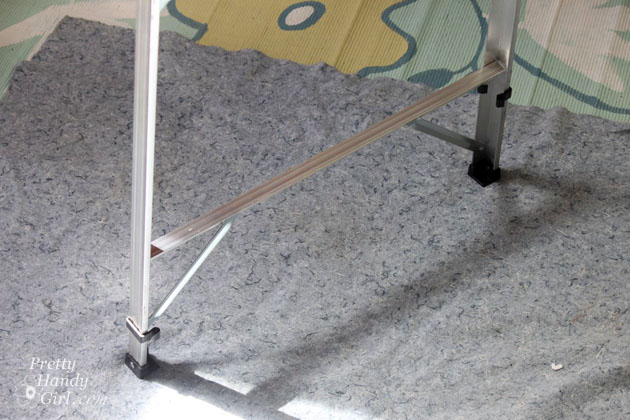
One handy tip: You will most likely drop a screw during the installation. If you are working on a porch with slats, lay down a blanket under the ladder to catch them. This also helps aid in a quick clean up from dust and dropped dry wall debris.
Ready to get your cool on by installing a beautiful new ceiling fan? Let’s take a spin shall we: Read more

